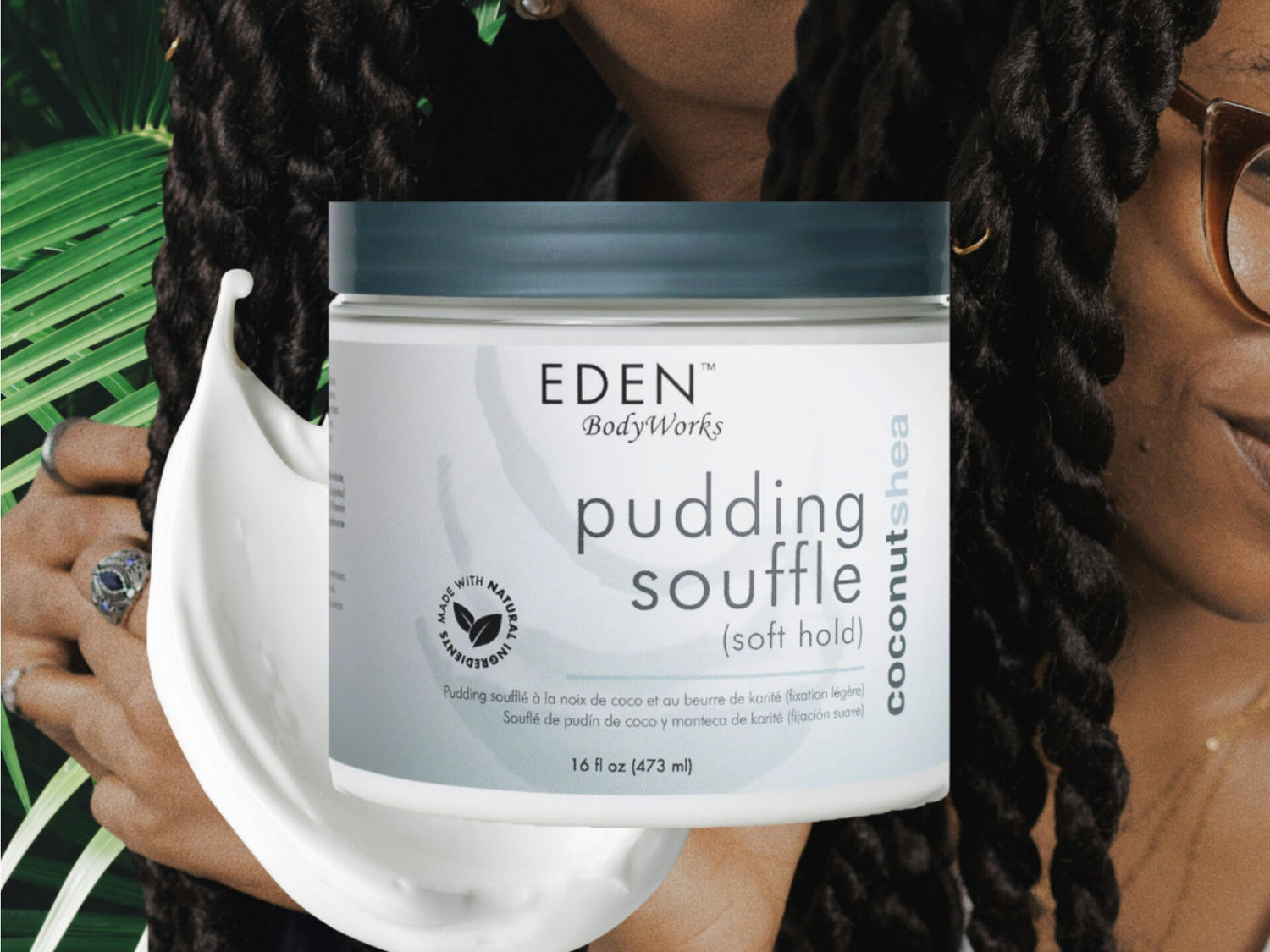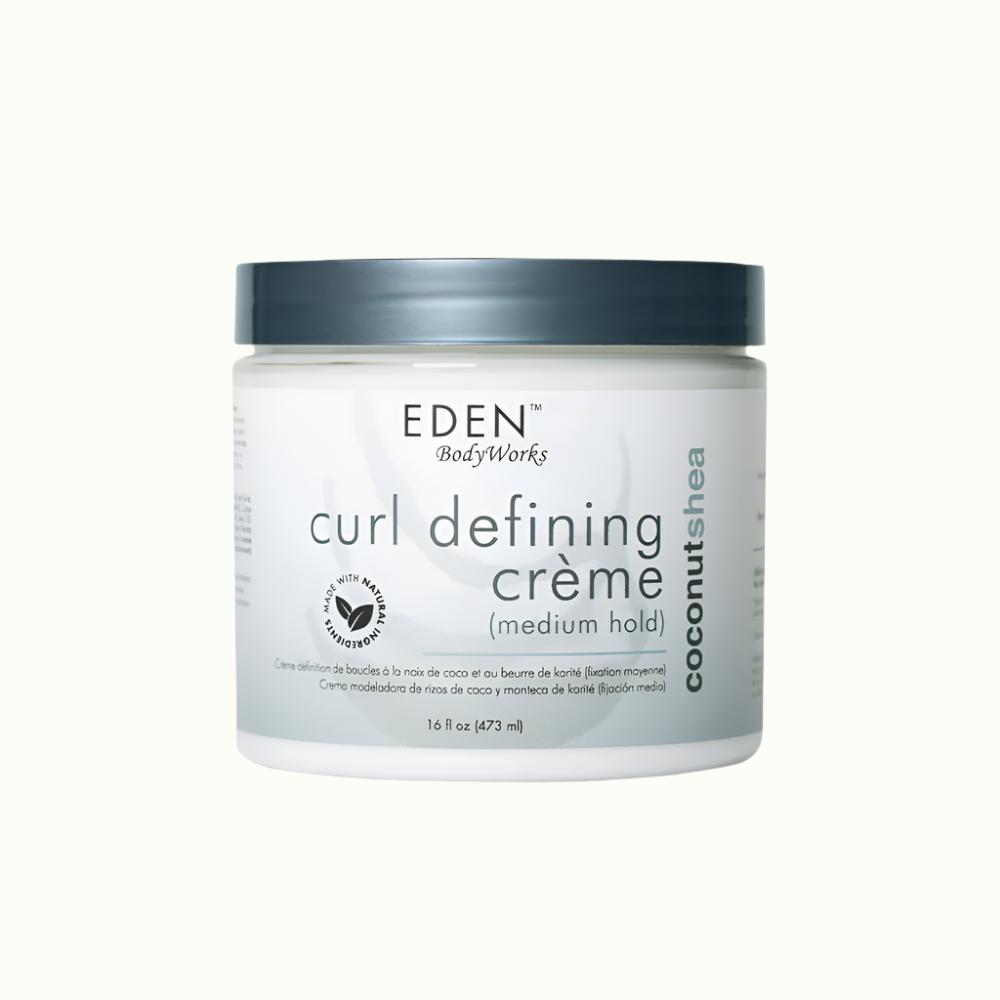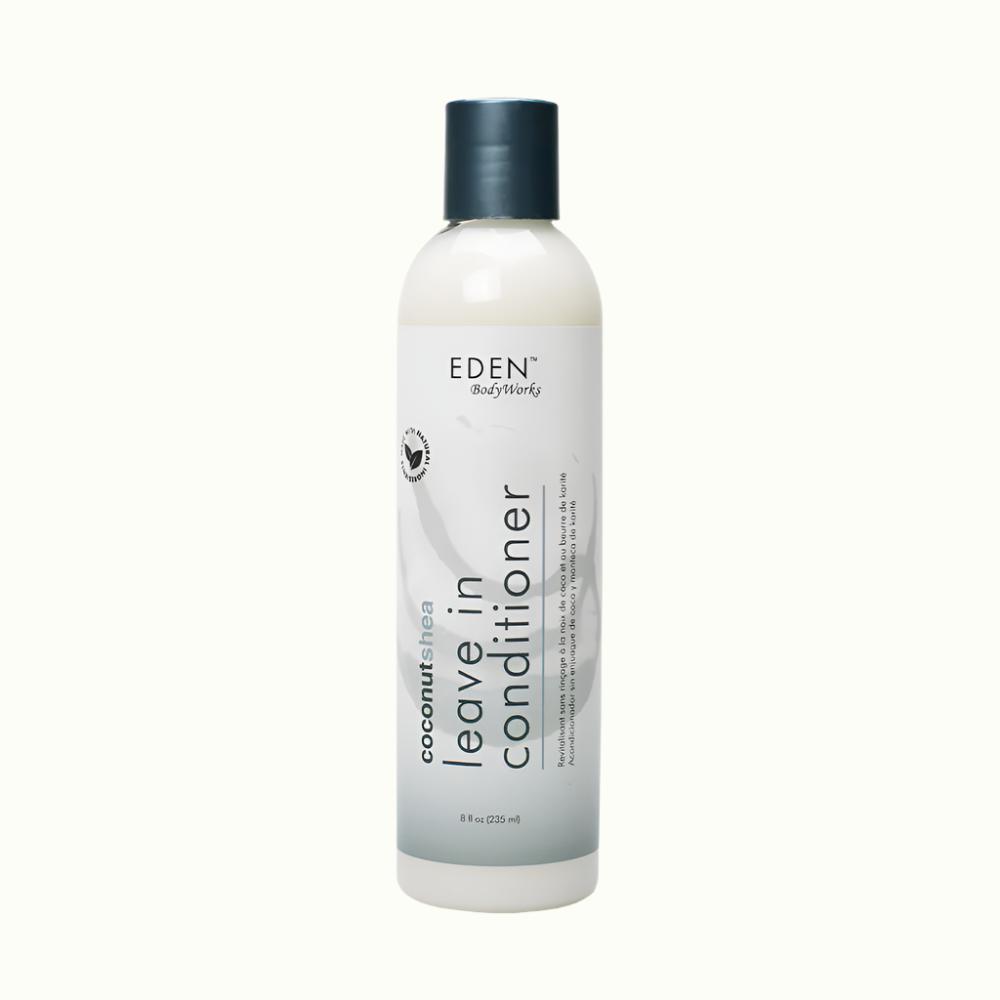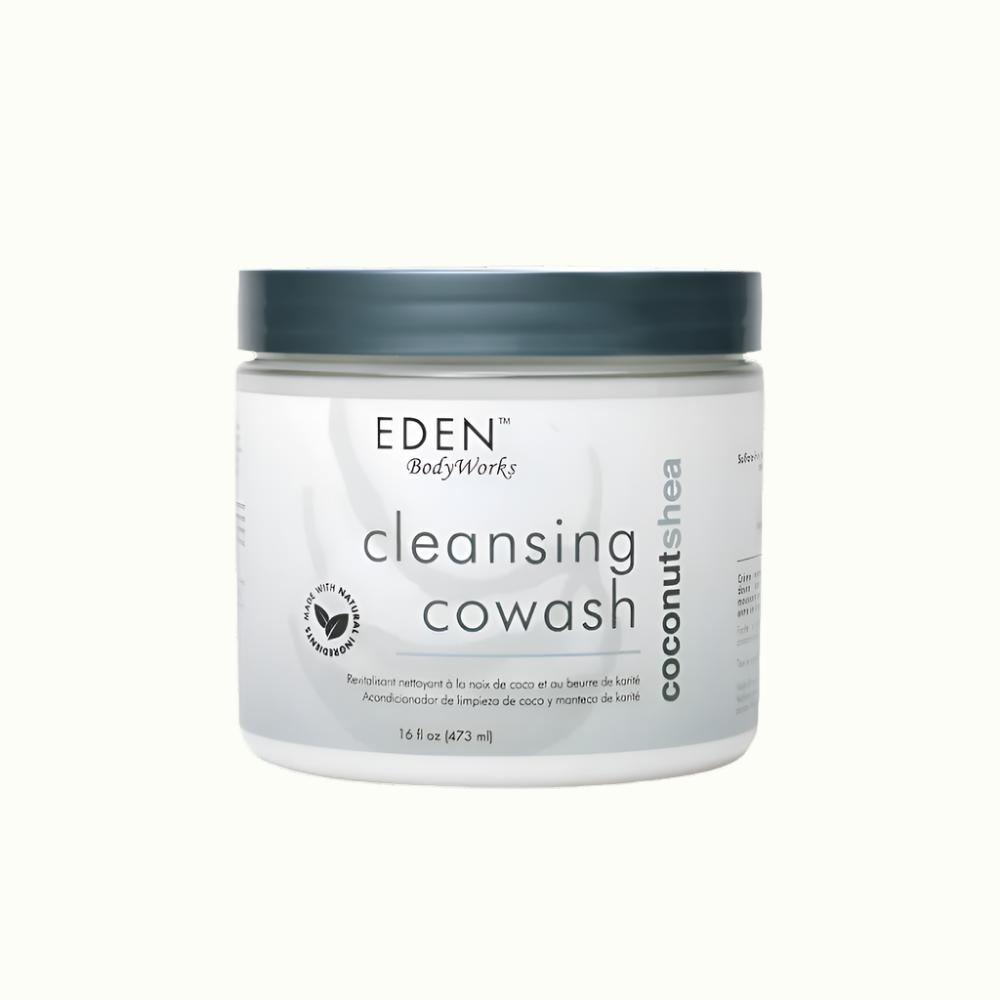As the vibrant colors of summer fade, heralding the arrival of fall, nature undergoes a magnificent transformation. While the crisp air and golden hues make for picturesque landscapes, this seasonal shift can also significantly impact our natural hair and scalp health. It's essential to understand these changes and how they affect your hair care routine, especially if you cherish your natural hair texture.
Autumn Scalp Care
The transition from warm to cooler temperatures often brings drier air, which can result in decreased moisture levels in your hair and scalp. Natural hair is particularly susceptible to the effects of reduced humidity. This can lead to a dry, flaky scalp, and increase the risk of dandruff or irritation.
Key Challenges of Fall for Natural Hair
-
Dryness: The drop in humidity levels can strip your scalp of its natural oils, leading to dry, itchy skin.
-
Flakiness: A dry scalp often results in flakiness, which can be mistaken for dandruff. It's crucial to differentiate between the two to treat them effectively.
-
Brittleness: The cold air can make hair strands brittle, increasing the likelihood of breakage and split ends.
-
Static: The combination of dry air and increased use of warm clothing, such as hats and scarves, can lead to static electricity, making hair difficult to manage.
Tips for Maintaining Scalp Health
To keep your scalp healthy and your natural hair vibrant during fall, consider incorporating these tips into your routine:
1. Hydration is Key
Ensure you are moisturizing your scalp regularly in order to maintain moisture levels and preventing dryness.
2. Gentle Cleansing
Select a gentle, sulfate-free shampoo that doesn't strip your hair of its natural oils. Washing your hair less frequently can also help preserve these oils. Consider co-washing, which involves using a conditioner in place of shampoo to cleanse your hair without drying it out.
3. Conditioning Treatments
Regular conditioning treatments are vital during fall. They help restore moisture, repair damage, and reinforce hair elasticity.
4. Protective Styles
Protective hairstyles like braids, twists, or buns can help shield your hair from the elements and minimize manipulation, reducing breakage. Ensure these styles are not too tight, as tension can lead to hair loss or scalp discomfort.
5. Avoid Heat Styling
Minimize the use of heat styling tools to prevent further drying out your hair. If you must use heat, apply a heat protectant to minimize damage.

Navigating the seasonal changes in fall requires a proactive approach to scalp care, especially for those with natural hair. By understanding the challenges posed by the cooler weather and adjusting your hair care routine accordingly, you can maintain a healthy scalp and vibrant hair throughout the season. Celebrate the beauty of fall with a hair care regimen that supports your beautiful texture and keeps your scalp thriving!










